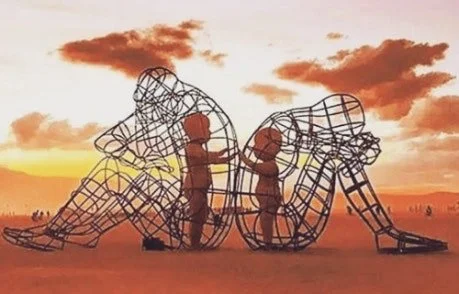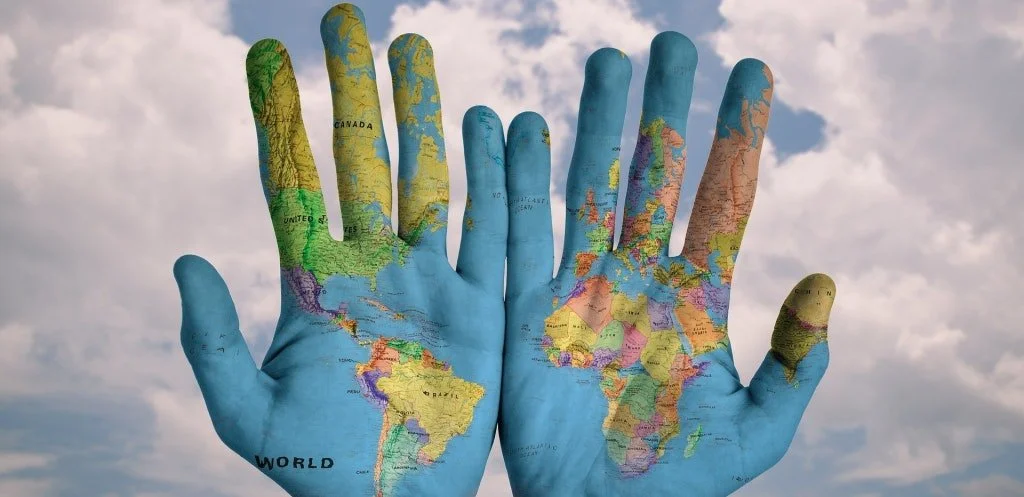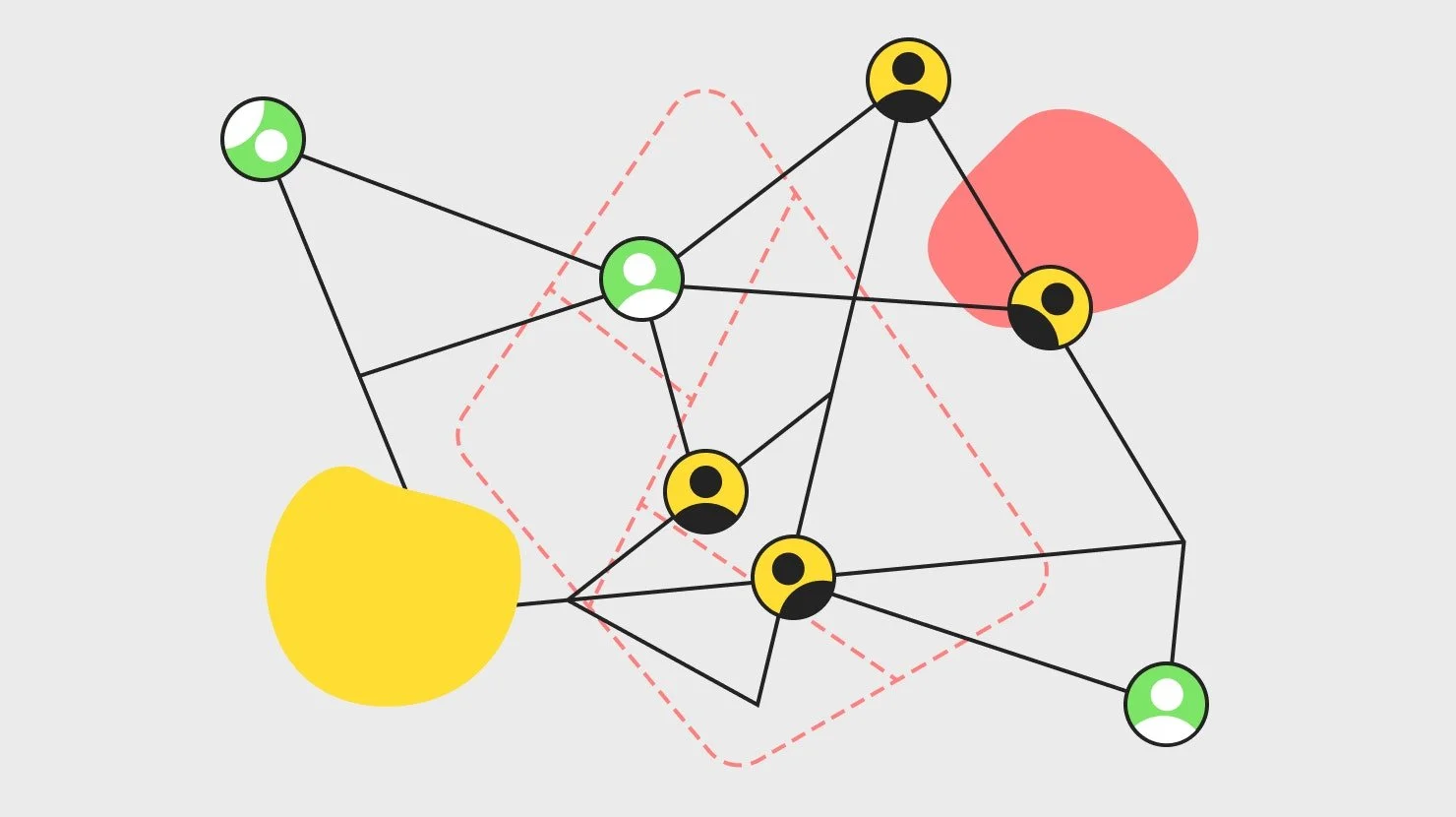Connectedness.
Nike’s slogan is “Just Do It!”
In the world we live in we may want to “Just Connect!”
Connectedness or the lack of it is a driving force far more powerful than we might imagine.
There are many types of connectedness.
Connections and Technology: The Third Connected Age.
In 1993 with the advent of the World Wide Web we entered The First Connected Age where we connected to discover and connected to transact. This is today known as Search and E-Commerce which are forces that have given rise to companies like Amazona and Google.
In 2007 we entered The Second Connected Age (which builds on and does not replace The First Connected Age) when we were connected all the time and connected to everybody due to smart phones and social networks. These two advances which we call Social, and Mobile have re-ordered society, politics and culture while creating juggernauts like Apple and Facebook but also enabling everything from Uber to Airbnb to Dollar Shave Club.
The world we live in today is hard to describe to someone thirty years ago.
But we have not seen anything yet
Four new forms of connection will re-order society, work, and the future much more in the next decade than the past three decades.
These are the four new connections that will drive The Third Connected Age.
Data connected to data which is machine learning the form of AI that is most scaled.
Much faster and resilient forms of connection called 5G.
New ways of connecting including Voice, Augmented Reality and Virtual Reality.
New Trust Connection built on the Blockchain.
The entire world of Web 3, Metaverse, Tokens, Wallets and DAO’s (all of which are different from each other but connected to each other) are just one subset of all the changes underway in The Third Connected Age.
It is key that every individual and company pay close attention to the implications and opportunities that The Third Connected Age will bring.
Connections and Humans: God Like Power
Today the capabilities that someone has with a modern smartphone would be seen as “God-Like” Power by people just two generations ago.
We can connect to anyone at any time around the world for zero to no cost.
We can connect to movies and shows across the world and across time.
We can produce, distribute, and monetize our work to a connected audience of billions.
The companies that have become most valuable are those that have leveraged the connected age to give the individual God-Like power.
Human beings are social and want to connect.
We want to be acknowledged and heard.
We want people to know we are here and find ways to make a mark on the passing of time so that people knew we were here.
Connections and the World: Globalization
While Ukraine and Covid-19 among other shocks have tested and questioned the premise of globalization, the shocks underline that we live in a connected world.
Some of the greatest challenges facing us are global in nature from Covid-19 to Climate Change to emerging AI and Biotech regulations and our struggles to deal with these are less about the reality that globalization is out of vogue but that our established governance models and institutions were designed for yesterday versus tomorrow.
Many of our structures were created post World War 2 when there was no Internet, no understanding of the Human Genome or China and India among the top 10 economies of the world.
Today in Board Rooms leaders are working to add resilience as a key to their supply chains and partner relationships versus a previous focus primarily on cost savings. In many cases this is not about being less connected but re-routing connections and adding additional layers of connections to provide optionality and manage risk.
The end of a connected world makes for good headlines, but the genie cannot be put back in the bottle.
Globalization will remain but will move to a multi-polar form of globalization with different countries and regions connecting in different ways to other countries. There will be tighter and weaker forms of connections which while not the most optimal from a financial perspective will be more resilient in the long run and reflect different cultures, beliefs, goals, and agendas.
Connecting the Dots: Creativity/Innovation.
At its heart innovation is about fresh insightful connections and creativity is about connecting dots in new ways to move minds and hearts.
Both require people to inter-connect with each other and be connected to different stimuli and opportunities.
A closed gene pool leads to damaged children which is why cousins are not encouraged to marry.
The power and impact of major cities are that tides of different diaspora and talent inter-woven together. London, Paris, New York, Mumbai, Shanghai are key interconnection points.
The brain works when synapses connect.
Connecting Workspaces: Organizational design.
One of the biggest opportunities for companies is to find ways to work better internally and with external partners.
Better communication, reduced friction, sharing of opportunities and the ability to connect expertise to where the expertise is required can unleash significant growth and margin.
It is one of the reasons every company holds off-sites to enhance teamwork, leverages technology and encourages connection.
And connection between leaders and their teams, a company to a higher purpose and connected values are so central to an organization’s culture.
Companies continuously adapt and swing from centralization to decentralization, top down to bottom-up approaches to find ways that keep people connected enough to the marketplace and each other so as not to fly blind but not so connected that one is overwhelmed with so much information and options that decisions cannot be made quickly.
The rewiring of organizations is really about the architecture of organizational connections.
The Connected = a competitive advantage.
Andy Grove wrote only the paranoid will survive.
Paranoia is anti-connection and in a changing world it leaves individuals and companies deaf, dumb, and blind like The Who’s Tommy. We are unable to compete. (Unless we are playing pinball).
Individuals and companies that connect with a larger eco-system, are open to partners, have API’s (application protocol interfaces) and enabling technologies and platforms to connect with others and a culture where people communicate and disagree honestly will likely emerge with significant long term competitive advantage.
We should seek connectedness.
Because the connected will thrive!






